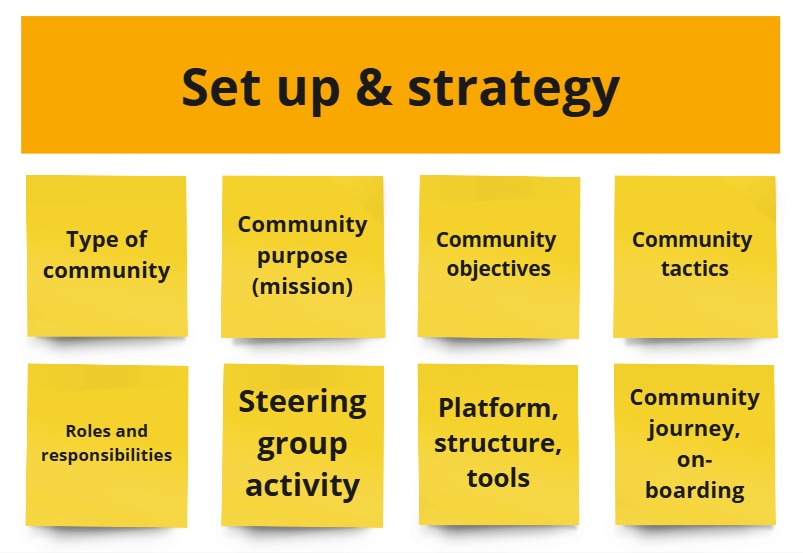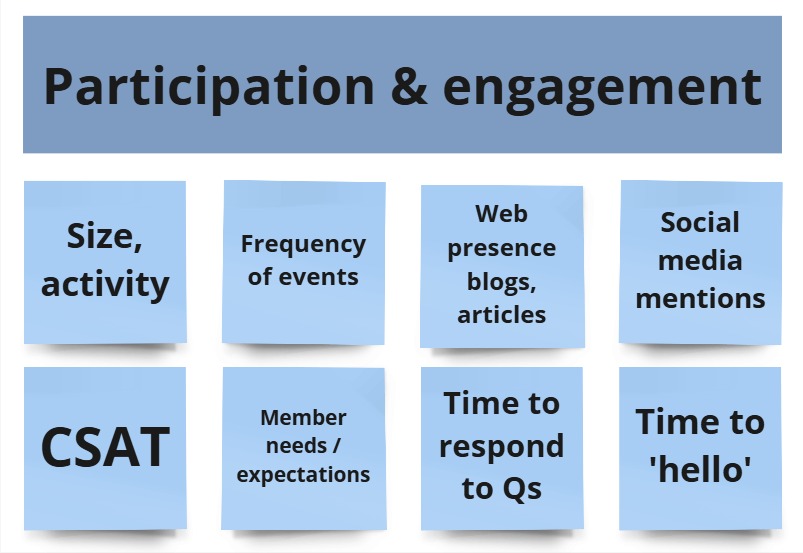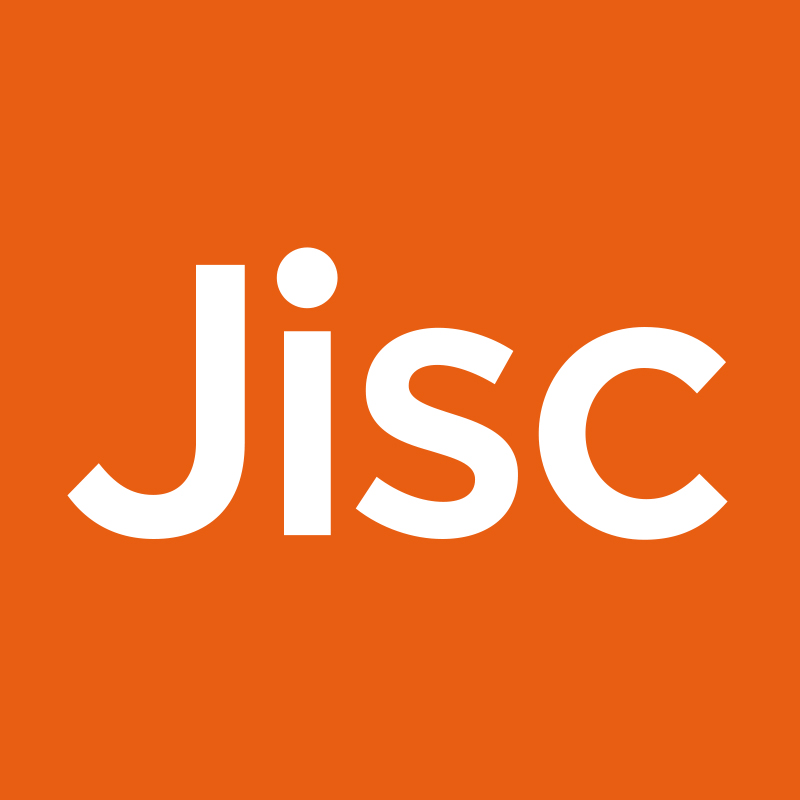As more people create and join education and research communities, how can we better understand and define a ‘healthy’ one?
I was tasked to explore community activity so we can understand what makes them successful to improve our practice and encourage more. Jisc communities use a combination of Teams and JiscMail to communicate, and come in a variety of sizes, events, topics, and strategies. So we needed a process to capture what happens and understand what elements are so powerful in connecting and engaging our customers.
Creating the process
With so much to uncover, this was not going to be a survey type activity. There would be an element of data gathering but equally scenario questioning, to uncover the right data around general activity and how community managers deal with certain situations.
The essential characteristics
Our communities are unique in their audiences , needs, and approaches. By focusing on essential community characteristics, it was possible to create a structure for the health checks and those findings would paint a picture of what day-to-day life in a community looks like.
First, we wanted to understand the set up and strategy of each community:

- What is the community type, is it for support, sharing success or a user group?
- What is the community purpose or mission, what are the objectives and behaviours we expect to see and the tactics that help us achieve those objectives?
- What are the roles and responsibilities for everyone involved?
- Is there a steering group and how are they managed?
- What platform and online tools are community managers and participants using?
- Is there a process for onboarding and taking members through the community to encourage engagement?
Next, we looked at the participation and engagement aspects.

- What is the total size of the community, monthly active users and number of organic posts or responses?
- Number of events hosted and their format and attendance.
- What is the web presence around the community, blogs, articles, social media and do they all clearly show how to join?
- What are the CSAT scores and feedback?
- Does the community understand member needs and expectations, what are their problems?
- How long are posts left unanswered?
- How long does it take for someone to interact after they are aware of the community?
Hosting the workshops
With the crucial questions confirmed, we began our deep dives. I invited two communities at a time to participate. They did not need to have similar themes or topics, but having two communities encouraged a discussion to explore the results together. I shared goals to keep everyone aligned and clear on the workshop’s purpose.
- Review community activity and planning.
- Find gaps to focus attention for the future.
- Review common characteristics to understand what drives success.
Since hosting the workshops, we have revealed an extraordinary amount of work and effort that community managers provide. Each is unique in their approach, but their result is creating spaces where people’s passion is nurtured through getting and providing support.
More information to follow in part 2 where I share the findings and reveal the heart of our community dynamics.

